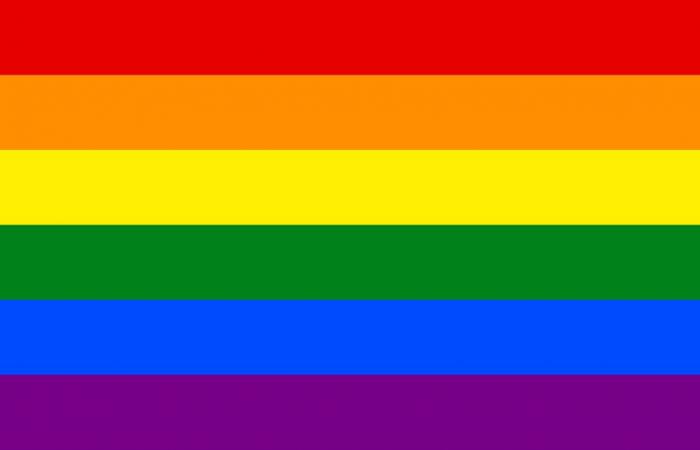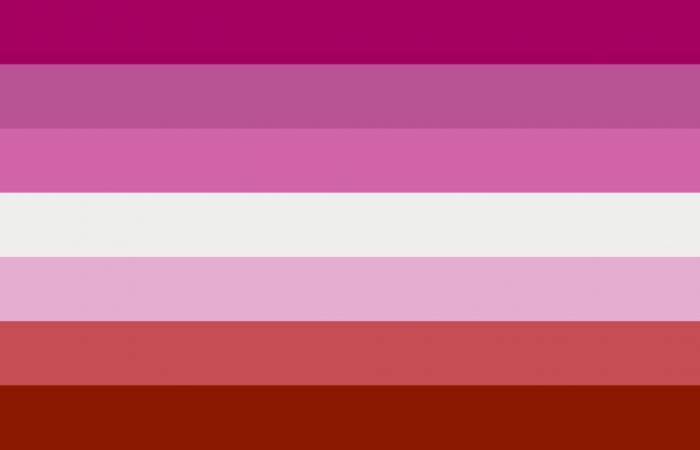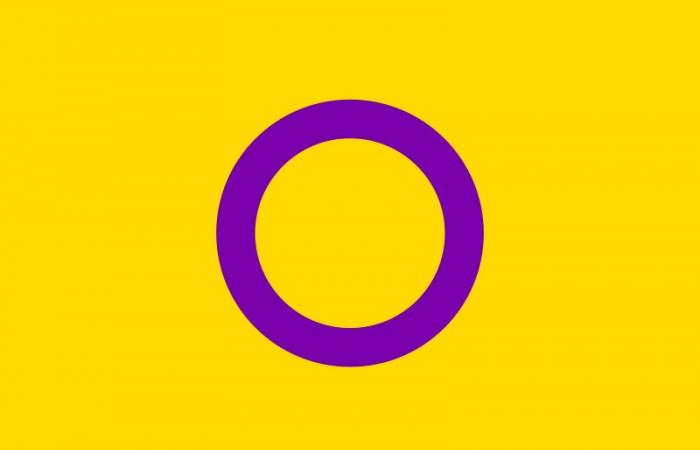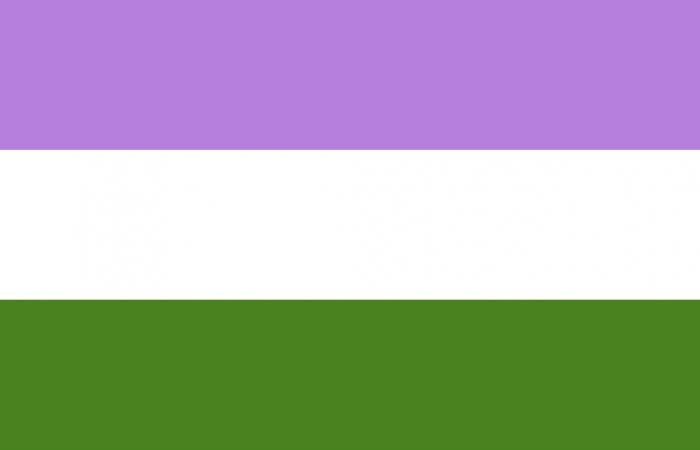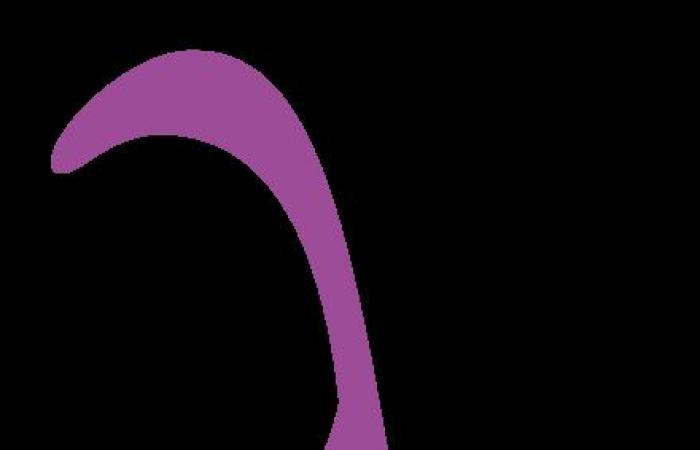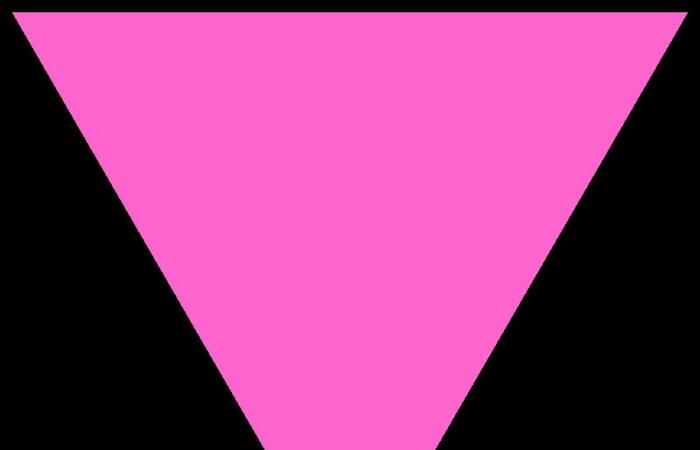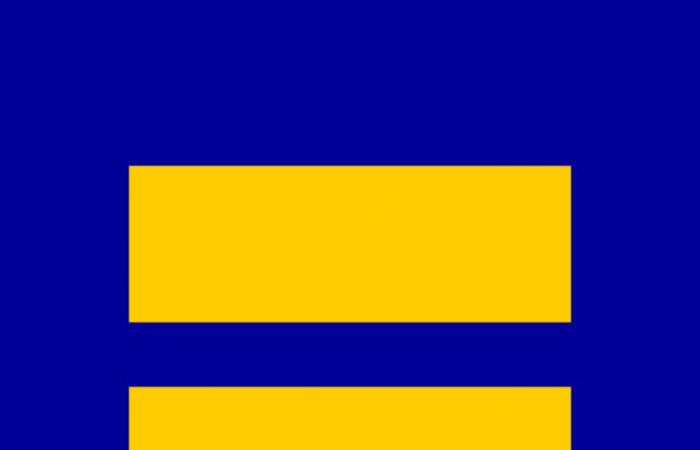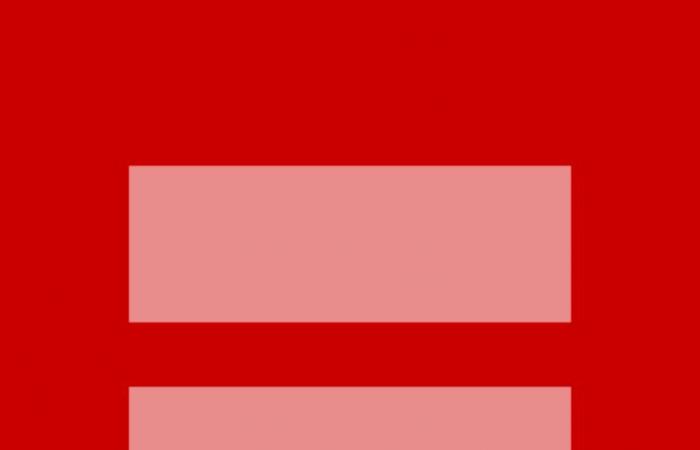Lesbian Pride Flag
There are several versions of the lesbian pride flag. One of the most popular is the flag with stripes in different shades of pink and red, sometimes called the “lipstick flag,” which represents the diversity and unity of lesbian women.
Intersex Pride Flag
The intersex pride flag was created by Morgan Carpenter in 2013. It is a simple flag with a yellow background and a purple circle in the center, symbolizing wholeness and completeness.
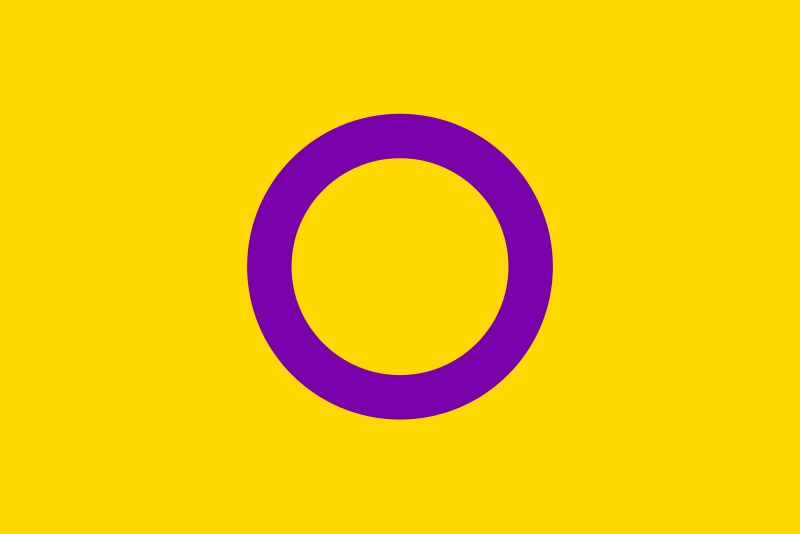
Queer or genderqueer Pride Flag
The queer pride flag has had several versions, one of which includes three horizontal bars that signify the colors lavender, representing androgyny, white, representing agender and neutral identity, and dark green, representing identities outside of binarism. .
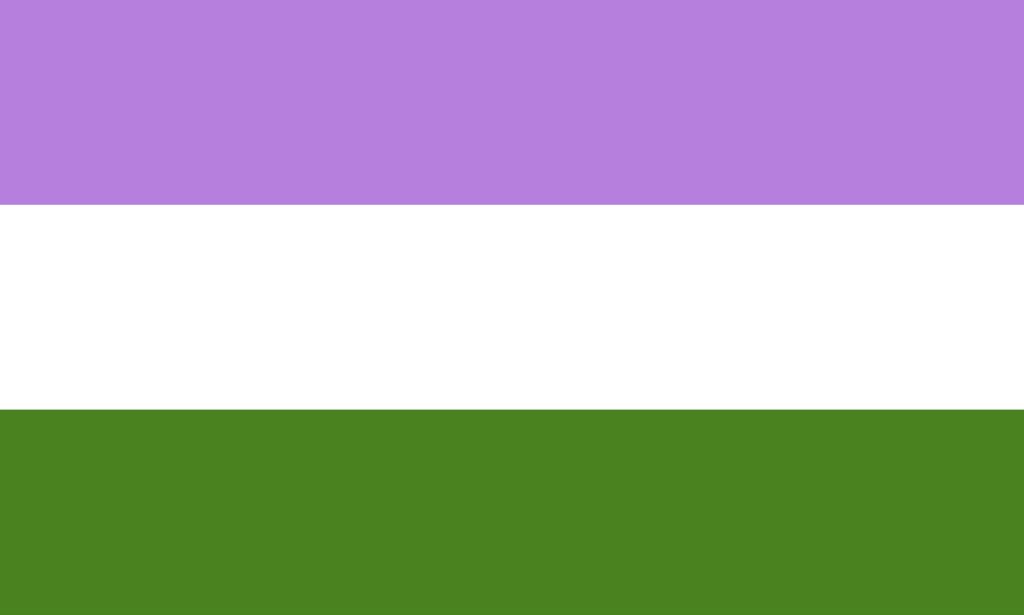
Flags are not only symbols of identity, but also represent the fight for the rights and visibility of LGBTIQ+ people. Each flag has its history and meaning, reflecting the diversity of the community.
Other important symbols
In order to make diversity visible, Babbel’s linguistic experts created a glossary with some of the symbols used by the LGBTIQ+ movement around the world.
Lambda(λ)
In 1970, graphic designer Tom Doerr decided to use the Greek letter lambda (λ) to symbolize the gay liberation campaign for the “Gay Activists Alliance.” Four years later, the International Gay Rights Congress in Edinburgh, Scotland, chose the same symbol to represent lesbian and gay rights.
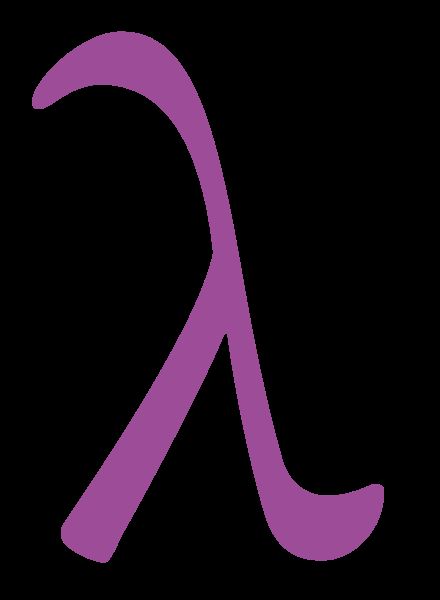
Today, the lambda is usually presented in lavender, which symbolizes justice and the reconciliation of opposites. It also symbolizes unity, freedom, equality, individuality and light. Additionally, since the letter lambda is used in physics to represent the wavelength associated with energy, it was chosen to symbolize the energy of the “Gay Rights Movement.”
Pink triangle
The pink triangle was used by the Nazis to mark and distinguish homosexuals and lesbians, whom they persecuted and discriminated against. In 1935, German laws prohibited homosexual relations, including even kissing and hugging.
It is estimated that around 220,000 gays and lesbians were imprisoned for these reasons during that time. However, the symbol was appropriated by the community in the 1970s as a symbol of the gay community’s struggle.
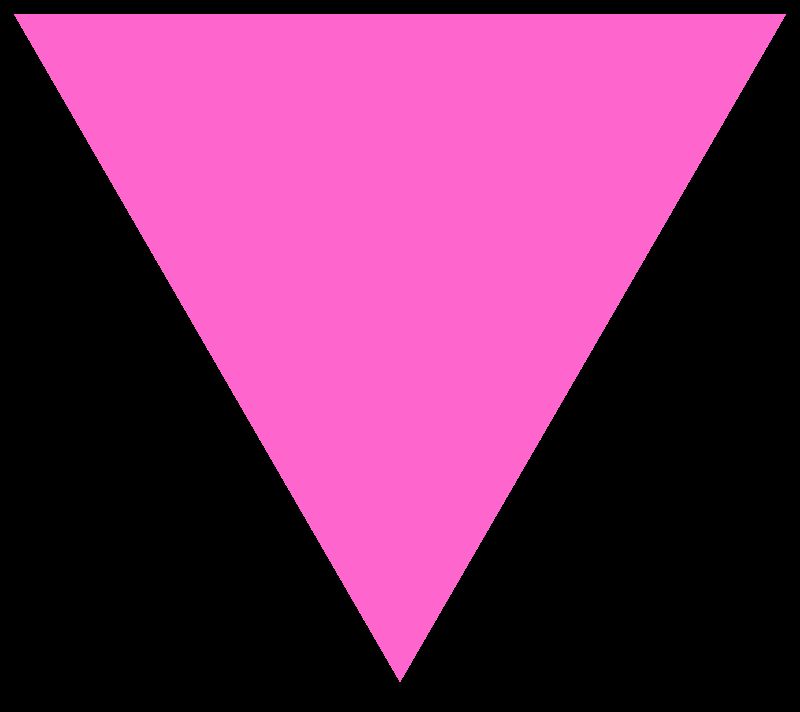
This emblem, along with the phrase “Never forget, never again” was adopted by the ACT-UP (AIDS Coalition to Unleash Power) as its banner, inverting the triangle to symbolize “an active struggle is better than a destiny of passive resignation.” .
Labrys
Labrys is a double-edged axe – an instrument used by the Amazons as a weapon and as a tool for working in agriculture – which has as its root the word labus, which means ‘lips’ in Latin. In the 1970s, lesbian and feminist movements rose up and adopted this axe as a symbol of strength and self-sufficiency.
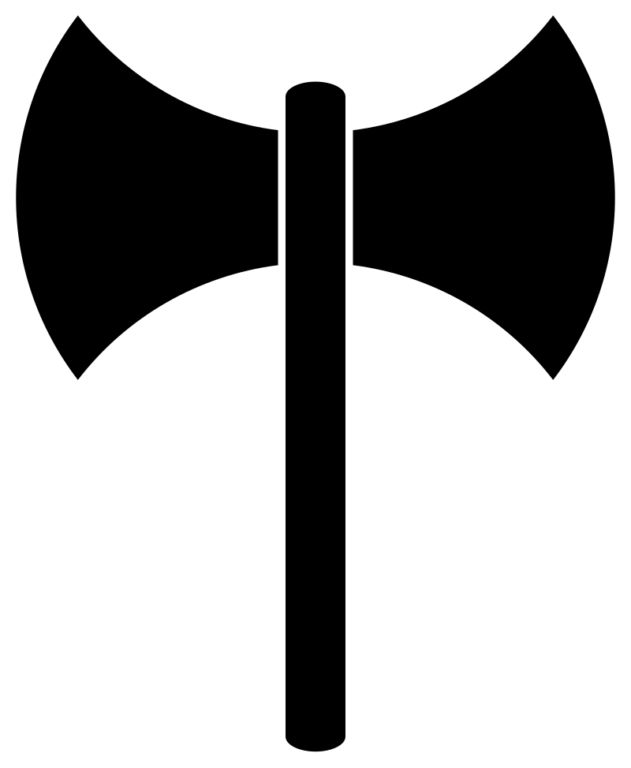
Equality logo
The “Human Rights Campaign” logo is another of the most recognizable symbols of the lesbian, gay, bisexual, transgender and queer community, as it has become synonymous with the fight for equal basic rights.
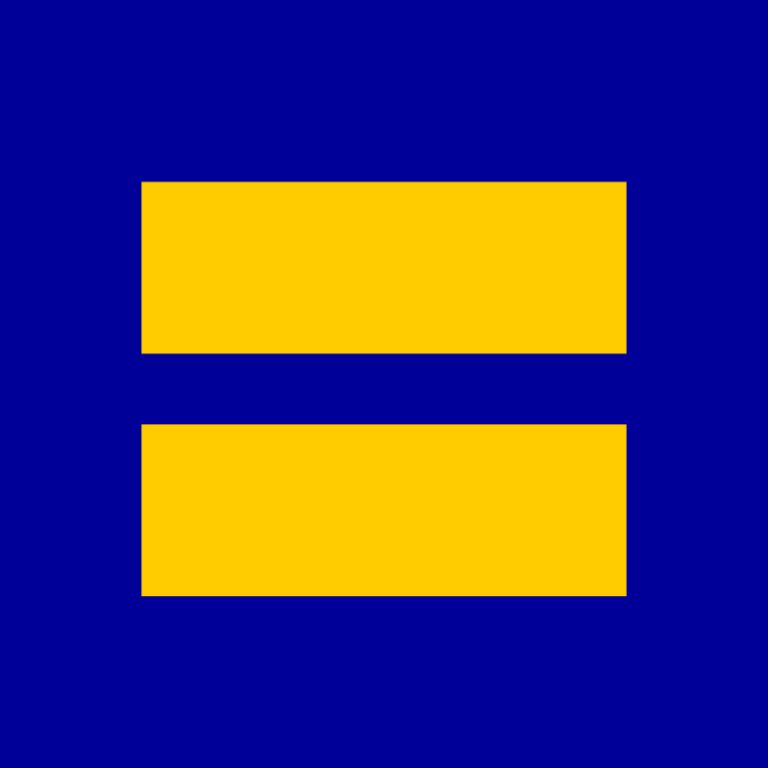
It was designed in 1995, in a joint effort between Elizabeth Birch, executive director of the association, and Keith Yamashita, from the marketing and design firm Stone Yamashita, achieving a simple design that would soon begin to be visible at pride celebrations and other LGBT+ events.

In late March 2013, when the United States Supreme Court was discussing two marriage equality cases, the Campaign shared a red version of its logo, alluding to the hue being synonymous with love. It became so viral that this new version was officially established.

